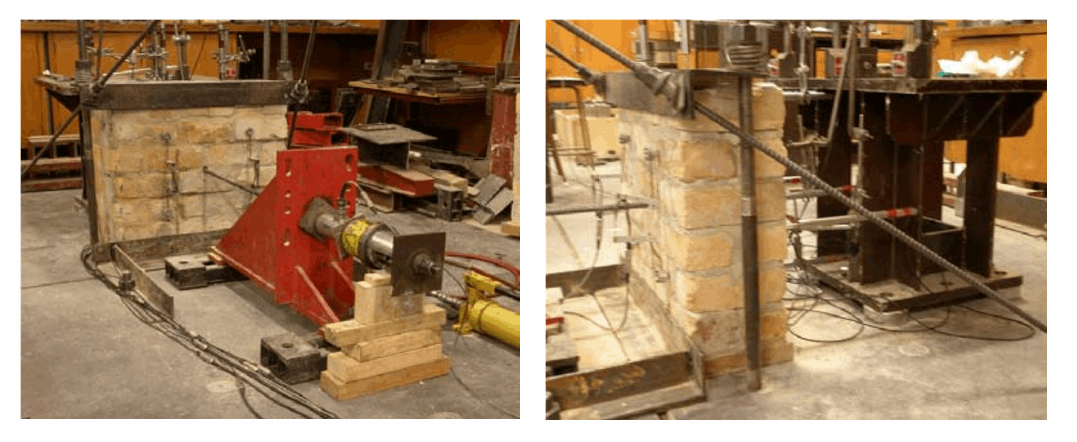A.R. Abdul Karim1,3, J.H.P. Quenneville2, N. M.Sa’don1,3 and J.M. Ingham4
- Corresponding Author: PhD Student, Department of Civil & Environmental Engineering, The University of Auckland, Private Bag 92019, Auckland 1142, New Zealand, aabd079@aucklanduni.ac.nz
- Professor of Timber Design, Department of Civil & Environmental Engineering, The University of Auckland, Private Bag 92019, Auckland 1142, New Zealand, p.quenneville@auckland.ac.nz
- Senior Lecturer, Civil Engineering Department, Faculty of Engineering, Universiti Malaysia Sarawak (UNIMAS), 94300 Kota Samarahan, Sarawak, Malaysia, msazzlin@feng.unimas.my
- Associate Professor of Structural Engineering, Department of Civil & Environmental Engineering, The University of Auckland, Private Bag 92019, Auckland 1142, New Zealand, j.ingham@auckland.ac.nz
ABSTRACT
Most unreinforced masonry (URM) buildings in New Zealand consist of solid URM bearing walls and flexible timber diaphragms (floor and roof), and insufficient or absent positive anchorage between URM walls and diaphragms has previously been identified to be the most common reason for out-of-plane wall and gable failures in URM buildings during earthquakes. A series of case studies was performed to determine typical details for wall-diaphragm connections, to ensure that realistic specimens were reproduced in laboratory testing to accurately assess their strength. It was found that typical wall-diaphragm connections in New Zealand were throughbolt anchors, where one end of a threaded steel rod was bolted with a steel bearing plate at the exterior face of the URM wall and the other end was welded to a rectangular steel plate that bolted to the timber joist. This type of anchor was believed to be applied as a retrofit technique to most New Zealand URM buildings following the 1931 Hawke’s Bay earthquake. In order to assess the strength and possible modes of failure of the wall-diaphragm connections, two types of testing were conducted as follows: (1) pull-out tests on URM wall with typical through-bolt anchor type; and (2) bolted timber connection tests loaded parallel to the timber grain.
KEYWORDS: wall-diaphragm connection, bolted timber connection, pull-out test, steel-woodsteel bolted timber connection test, unreinforced masonry structure
C3-1



